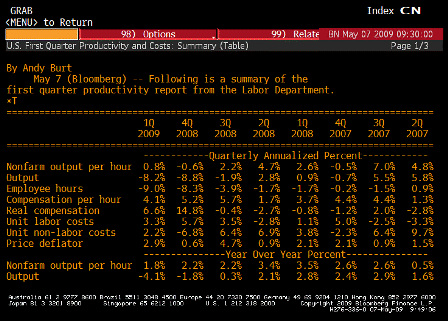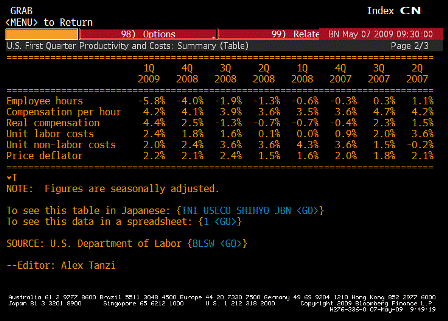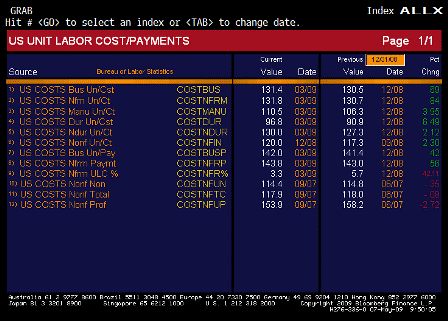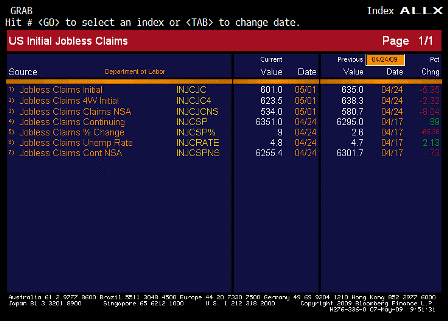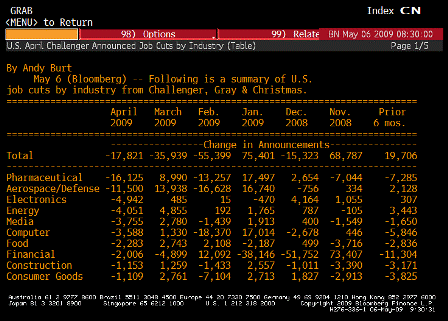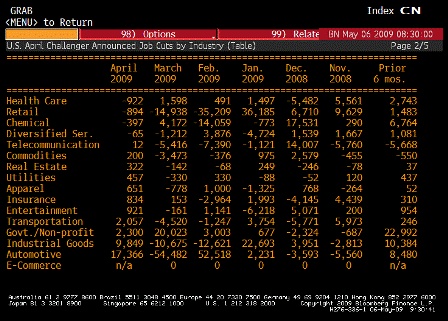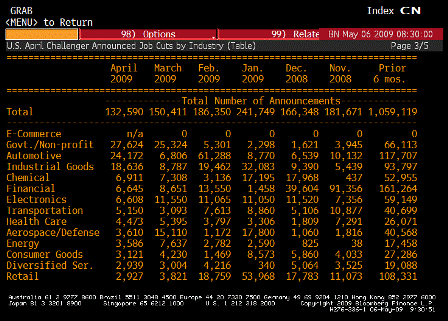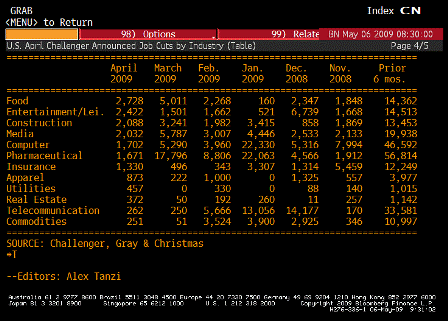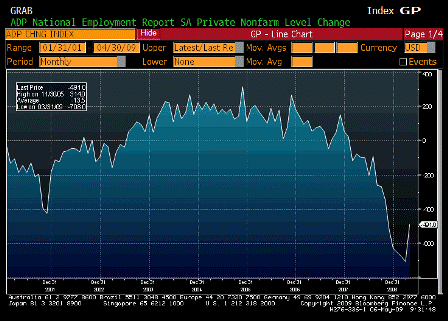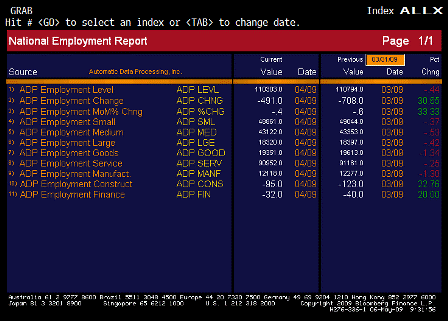[Skip to the end]
Not to bore you with this, but it’s a no win situation in that if the secured creditors lose, the entire credit structure becomes uncertain, and if the secured creditors win, the deal breaks down and Obama, an all star law graduate, loses credibility and political power as the deal falls apart and Chrysler folds unless there is additional public funding.
And with GM next, there’s no telling what might happen to both the automakers and the entire supply chain and distribution network.
by Christopher Scinta and Tiffany Kary
May 4 (Bloomberg) — A group of Chrysler LLC’s secured lenders is seeking to block the bankrupt company’s plan to sell its business at auction this month, arguing that the U.S. government is violating federal law to preserve the automaker.
The group, calling itself Chrysler’s non-TARP lenders, in reference to the Troubled Assets Relief Program, seeks to block the proposed sale to an alliance led by Fiat SpA, as well as a request by the U.S. automaker for approval of a $4.5 billion Treasury loan to finance the reorganization.
Secured lenders that agreed to the Fiat deal, including JPMorgan Chase & Co.,Citigroup Inc. and Goldman Sachs Group Inc., had conflicts of interest because they had also accepted TARP funds, the group said.
The process is “tainted†because it was dominated by the government, the lenders argued in papers filed today in U.S. Bankruptcy Court in Manhattan. The group also said the short period of time given to evaluate the sale was improper and the hearing on bid procedures that began today should be delayed. The judge delayed the hearing until 2:30 p.m. tomorrow, ordering the members of the lender group to reveal their identities.
‘Improperly Attempts’
The sale “improperly attempts to extinguish their property rights without their comment,†attorneys for the objecting lenders wrote in court papers.
“The sale motion should be denied because it seeks approval of a sale that cannot be approved under the bankruptcy code,†they argued. “The court should not permit a patently illegal sales process to go forward.â€ÂÂ
Chrysler’s planned alliance with Turin, Italy-based Fiat, would create the world’s sixth-largest carmaker. Chrysler, based in Auburn Hills, Michigan, wasn’t able to pursue the merger outside bankruptcy because of opposition by the objecting lenders.
Under bankruptcy law, offers for bankrupt companies or their assets are generally subject to the possibility of higher bids at a court-supervised auction.
The Fiat offer, to be made from an as-yet unnamed entity formed by the Italian automaker, Chrysler employees and other parties, will be the lead bid in an auction, which is typically required for assets sold in bankruptcy. Chrysler is asking U.S. Bankruptcy Judge Arthur Gonzalez to approve bidding rules for an auction that would require creditor objections to the sale be submitted by May 11, followed by a May 15 deadline for competing bids. The bankrupt company seeks a May 21 hearing to approve the winning bid, according to the court filing.
Listed Assets
Chrysler, in its April 30 filings, listed assets of $39.3 billion and liabilities of $55.2 billion, making it the fifth-largest bankruptcy in U.S. history, according to data compiled by Bloomberg News.
Chrysler’s proposed sale favors junior creditors over senior creditors and would improperly channel the proceeds to specific creditor groups, the objecting lender group said in the court filing.
In court today, Thomas Lauria, a lawyer for the secured lender group, said some of its members have received death threats. In response to the judge’s demand that the members of his group be revealed, Lauria said the identities of more lenders would be revealed “promptly.â€ÂÂ
[top]

